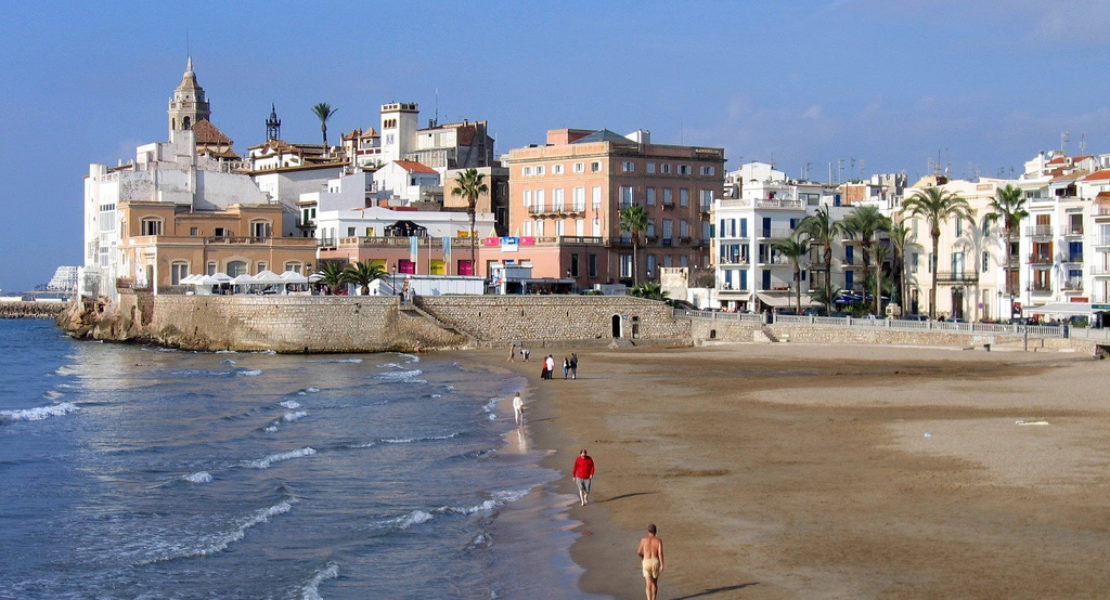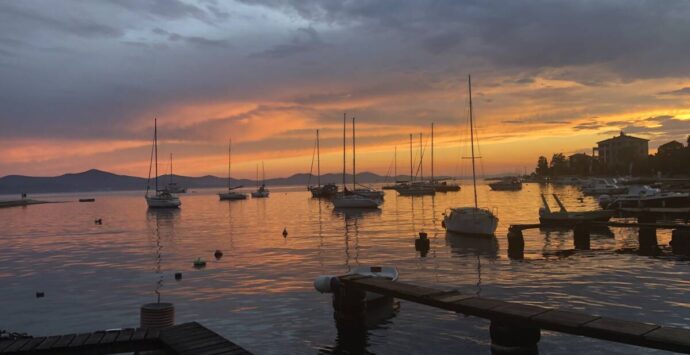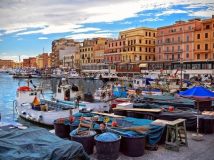
by Madeleine Hyde
Hollywood movies teach you to appreciate a sandy beach at sunset. All the better if the beach is virtually empty. This is the kind of scene I pictured as I boarded a small regional train from Barcelona, heading half an hour south to the Catalan coastal town of Sitges. Packed between its mountains and beaches, Barcelona is bursting at the seams. I imagined Sitges, by comparison, as an oasis of calm.
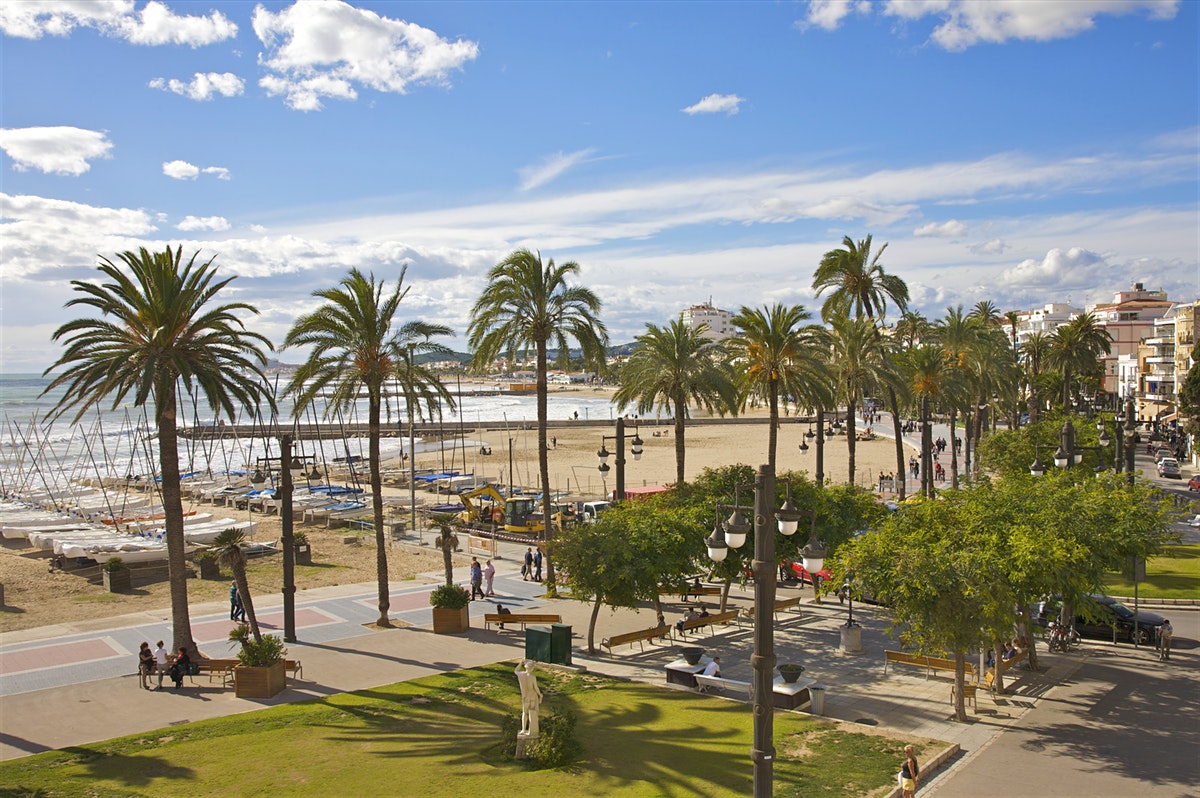
Image: Lonely Planet
I wasn’t disappointed. I didn’t quite have the town to myself, but in low season you can walk the narrow, cobbled streets of Sitges in relative peace. Navigating Barcelona’s gothic alleyways is like playing the top level of Tetris. In this quiet seaside town, on the other hand, I didn’t need to watch my every step. I was just letting them take me through a series of lanes that fill the town from its station to the coast. Narrow lanes that don’t suffocate you, but invite you in.
Just as well, because these streets are bursting with delights. I soon stumbled upon Lizy’s Kitchen, drawn in not just by the English name (hoping they would forgive my complete lack of Catalan) but the array of cakes that filled the window. I sat myself down beside them, the perfect spot for people-watching with my afternoon tea. It is hard to spot a tourist in Sitges, when everyone wanders around as relaxed as if they are on a permanent holiday. Locals and visitors alike are older and wiser than in the Catalan capital up the road. We’re not here to line up the vodka shots, we are here to take in a gorgeous corner of Catalonia.
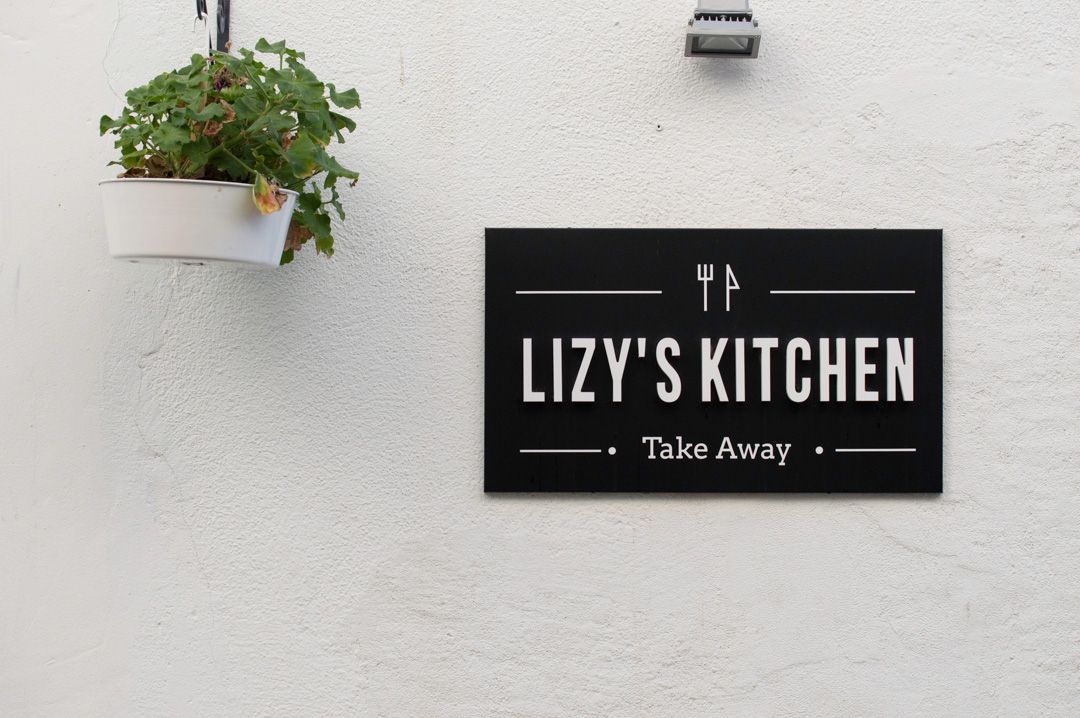
Image: Lizy’s kitchen

Image: Lizy’s kitchen
When you have grown up by the sea, there are certain sights and sounds that show you the direction of the coast. You might recognize them. The way that the sky opens up, the smell of salt in the air and the cry of gulls overhead. Streets of white-washed houses which wind downwards will always lead a Brighton girl to the seafront, and so I instinctively followed their curve to the icon of the Sitges coastline, the church of Saint Bartholomew (Parròquia de Sant Bartomeu). You can climb its steps for a sweeping view of the sea, the same view that acts as backdrop for the sculptures on display at the next-door Museu de Maricel.
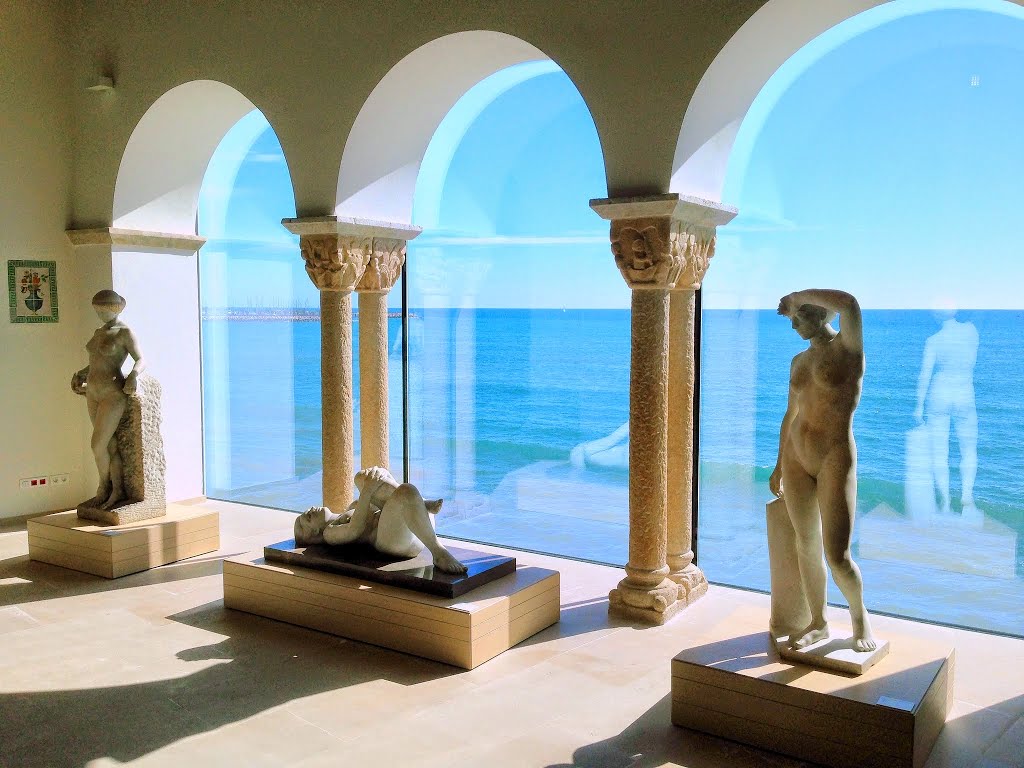
Image: Museo de Maricel
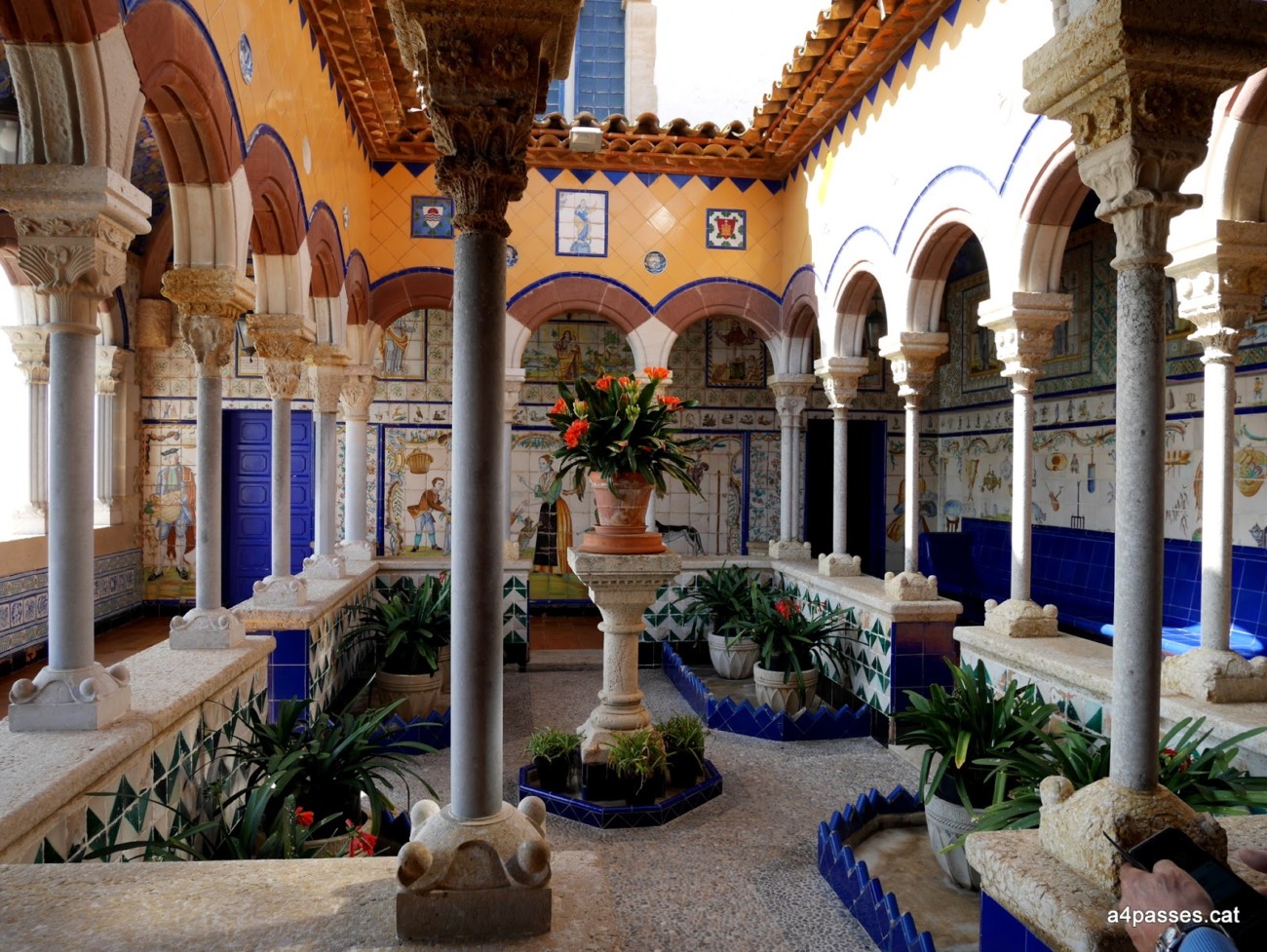
Image: Museo de Maricel
The proper way to wind down an evening in any Catalan town is, of course, at a tapas bar. I said wind down; that is, until the waiter brings out their home-distilled vermouth (which they inevitably will). Whilst you can count on this welcome, the quality of the tapas itself is sure to vary. The nearer the restaurant is to the coast, as a general rule, the more expensive the tapas: but Restauarant El Pou, El Cable or NeM Sitges have been tried, tested and celebrated for their authentic tapas, just a little further from the shore.

Image: El Cable
Even if you don’t dine by the coast, it’s the perfect place to wake up. Sitges seafront is lined with hotels in buildings of varying grandeur. I tested out Hotel La Nina, which has a grand reception area looking directly onto the beach. All marble pillars and chaise lounges, water features and soft jazz, this is a tranquil place to watch the sun set (or rise!) with a glass of cava (they have it on ice at the breakfast buffet). I can’t think of a better way to sip in the sights and sounds of the Catalan coast.
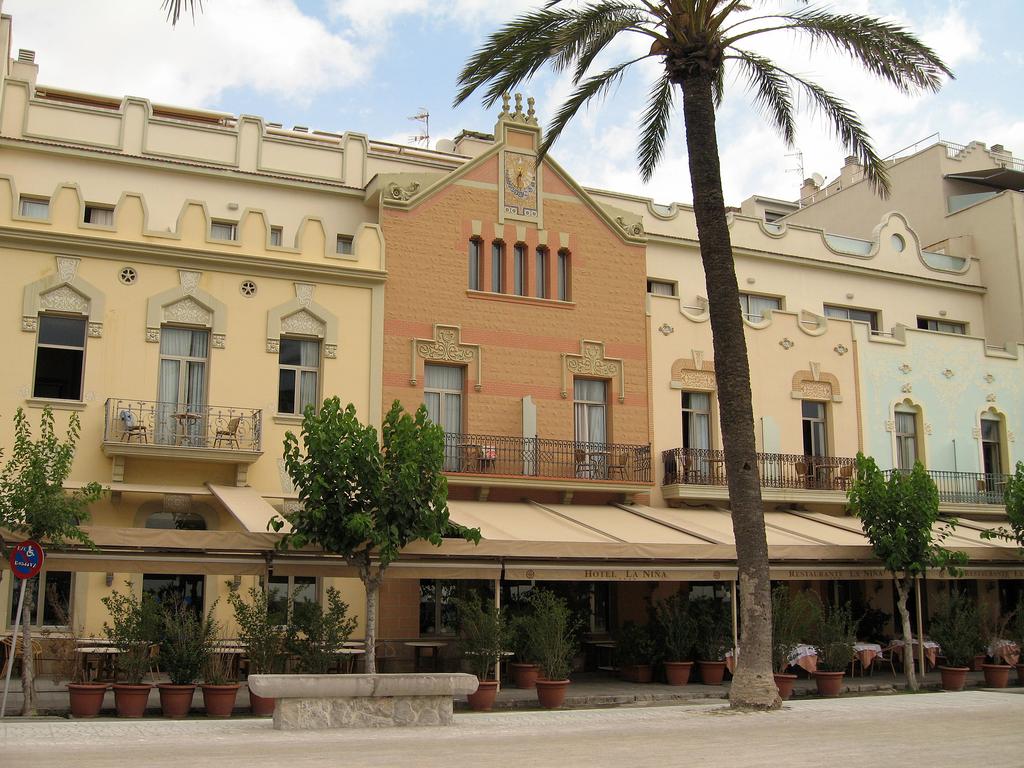
Image: Hotel La Nina
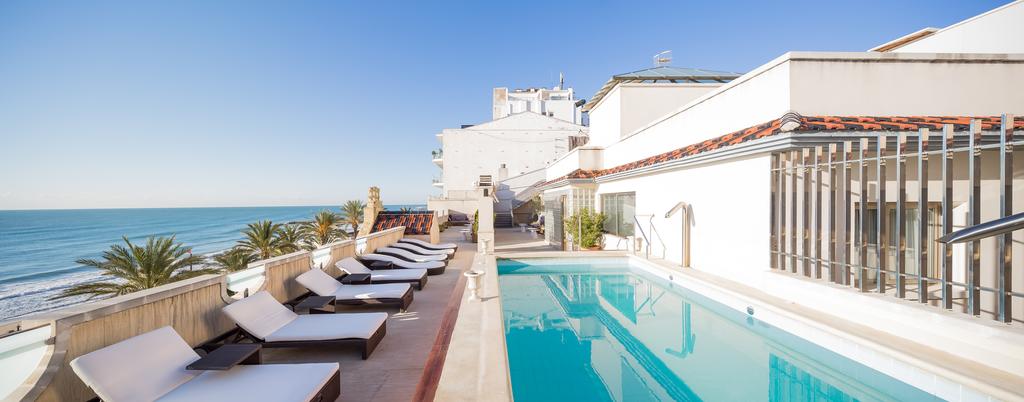
Image: Hotel La Nina
Do you love our articles? Do share them and follow us on Facebook and Instagram!

